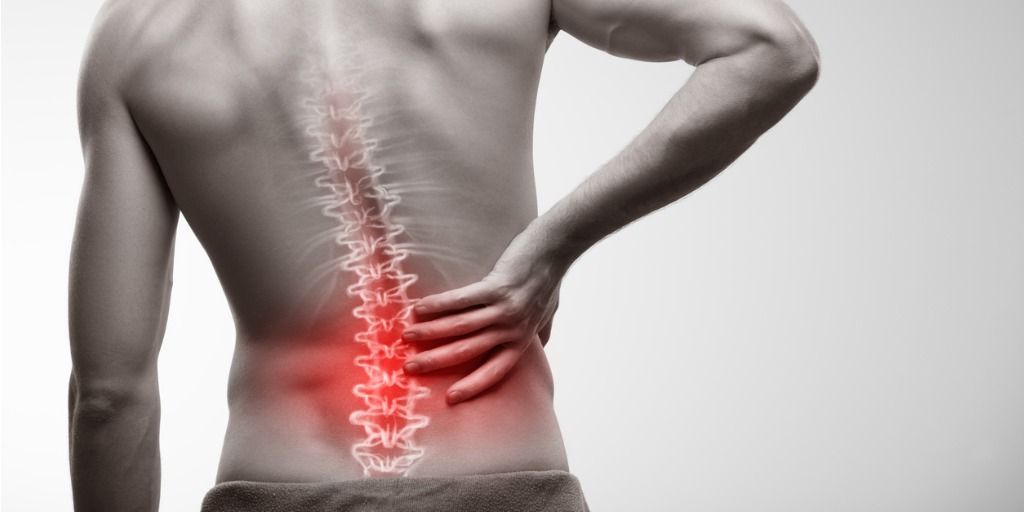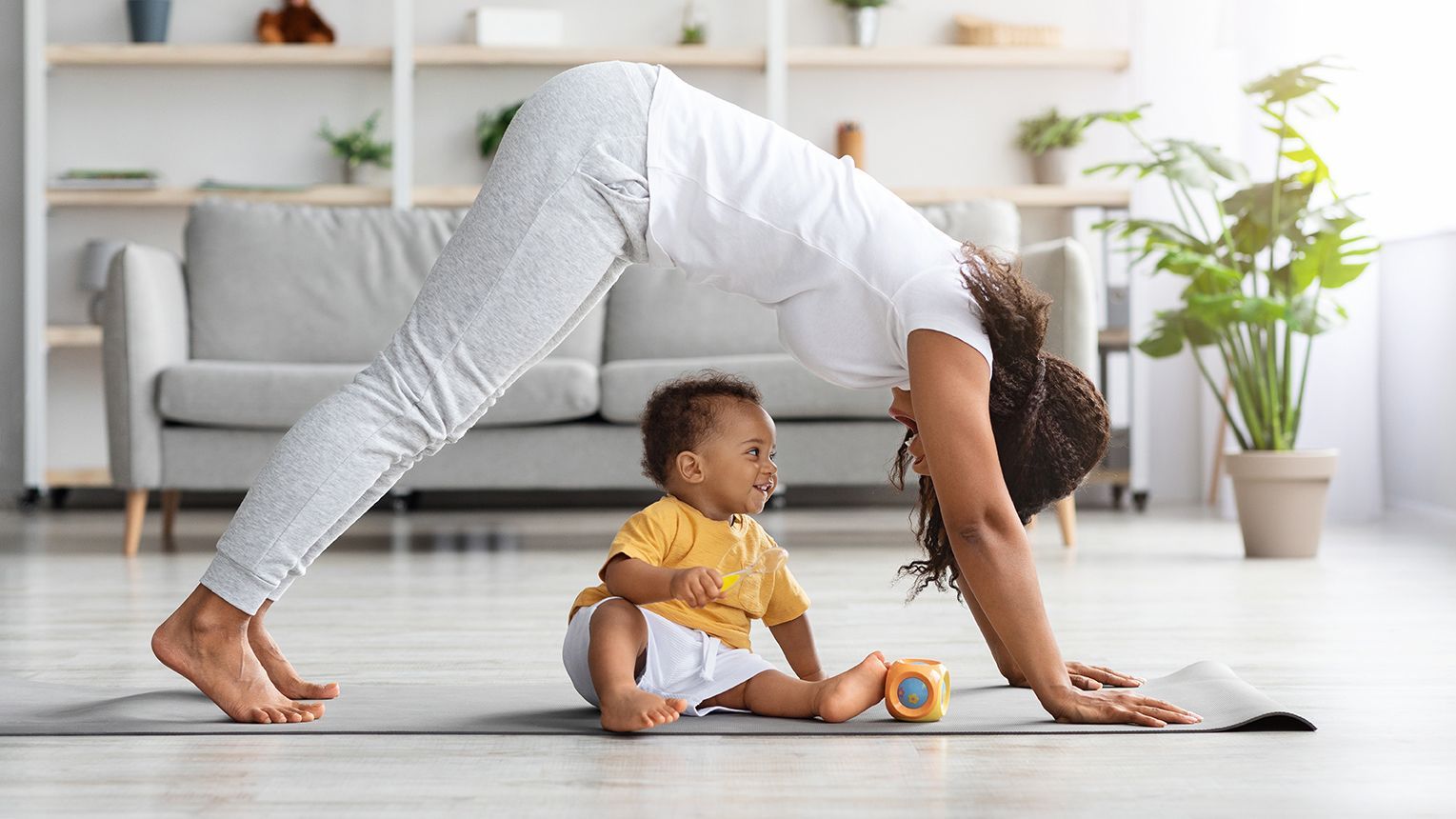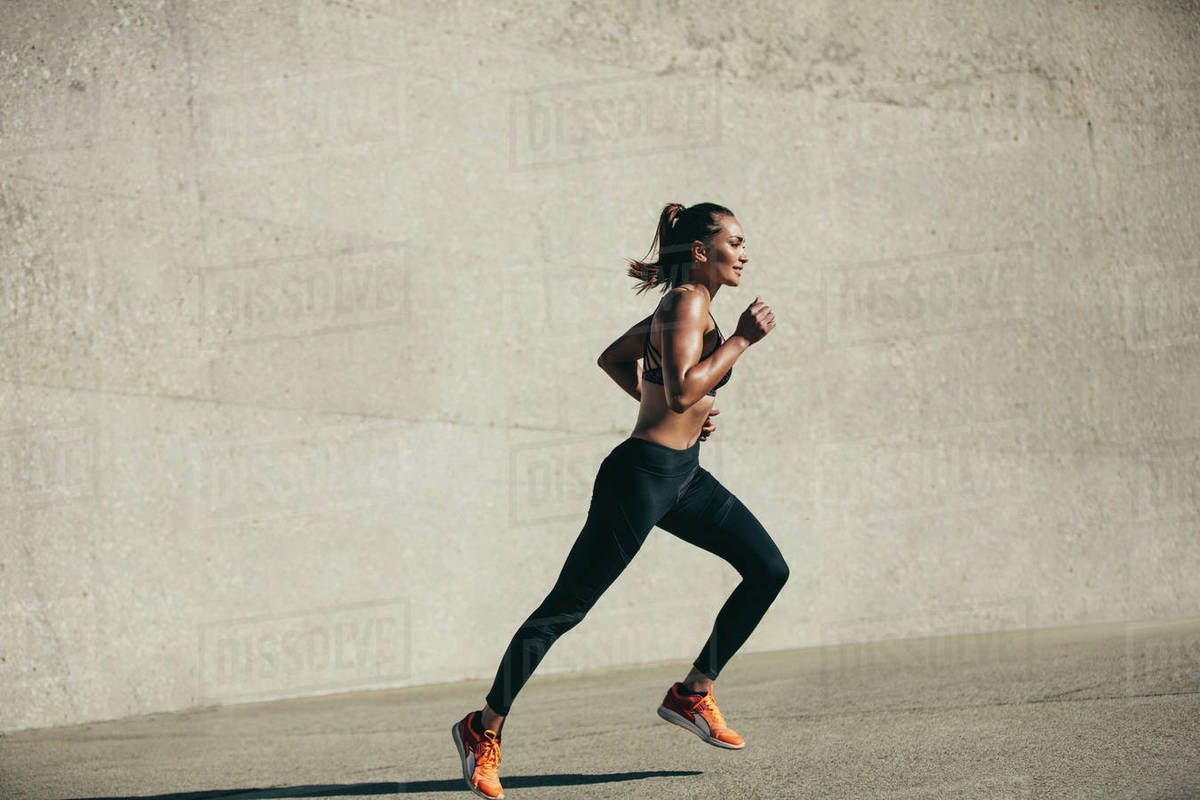My Recovery Journey (Part 2)
It has been a while since I wrote my first blog ( My Recovery Journey Part 1 ) and a bit has changed over the last few weeks. I am now currently three months post my ACL reconstruction, which I am very grateful has been coming along really nicely, however, I would be lying if I didn’t say that I am definitely starting to miss being able to go for a run or complete a high-intensity circuit (especially with summer coming!). Below I have listed another few tips for those also on this journey about how I have kept myself as motivated and positive as possible over the last six weeks.
TAKE REGULAR PHOTOS AND VIDEOS
During the first 1-6 weeks of my rehabilitation there were noticeable differences with pain, range of movement and ability to stand and walk. Over the last 4-6 weeks, as I am getting stronger and more functional, the improvements are becoming smaller and harder to notice. At times I have found myself becoming impatient with the “lack” of progress I perceived I was making. Luckily, I have been documenting my recovery each week through photos and short videos and have found this EXTREMELY helpful and reassuring. I can clearly see in my video’s, improvements with the quality of my movement, range of movement and even tempo of movement whether that be fast or slow and controlled.
JOURNAL YOUR RECOVERY
Following on from the above point, I would recommend choosing a few tasks or challenges and commenting on these each week. My main examples are my ability to walk up and downstairs, my gait and how long it was taking me to walk a lap of my local park. Looking back now I can see that when I was four weeks post op, it was taking me 16 minutes to walk one lap of the park and I still felt I was limping quite heavily, and at 10 weeks post-op it was taking me on average 9 minutes and I had written that I felt my gait was almost back to normal. It has been a great “pick me up” for when I am having a frustrating day and serves as a reminder that even if some points of the rehab cycle aren’t as significant or rapid as others, all of the little things I am doing are pushing me in the right direction.
RETURN TO WORK/LEISURE ACTIVITIES AS QUICKLY AS YOU CAN
I returned to work and the gym as fast as I could after my operation (after consulting with my treating specialist first). I was very lucky that I had a supportive workplace that were able to assist with transport and a second (able bodied) person to complete the physical tasks I could not. I firmly believe that having a regular routine again, having to complete some physical demands within my job role (within my limits) really assisted with speeding up my recovery. It also really boosted my mood having that mental stimulation as well as a social outlet (I had a lot of talking to make up for…!)
TRUST THE PROCESS!
Although I know I am still a while away from a “full recovery” it is important to constantly remind yourself to trust the process. We know that rehabilitation works and is a fundamental part of recovery post-surgery. It is important to make it part of your routine and lifestyle as motivation can come and go, especially if your recovery is going to take a long duration of time. Remember, management of your rehabilitation is a lifelong process! If you need assistance with an exercise rehabilitation treatment plan following an operation, feel free to contact us at info@absolutebalance.com.au for more information.

Tayla O’Halloran (B.Sc. – Exercise Physiology)
Exercise Rehabilitation Team Leader (AEP) (ESSAM)




